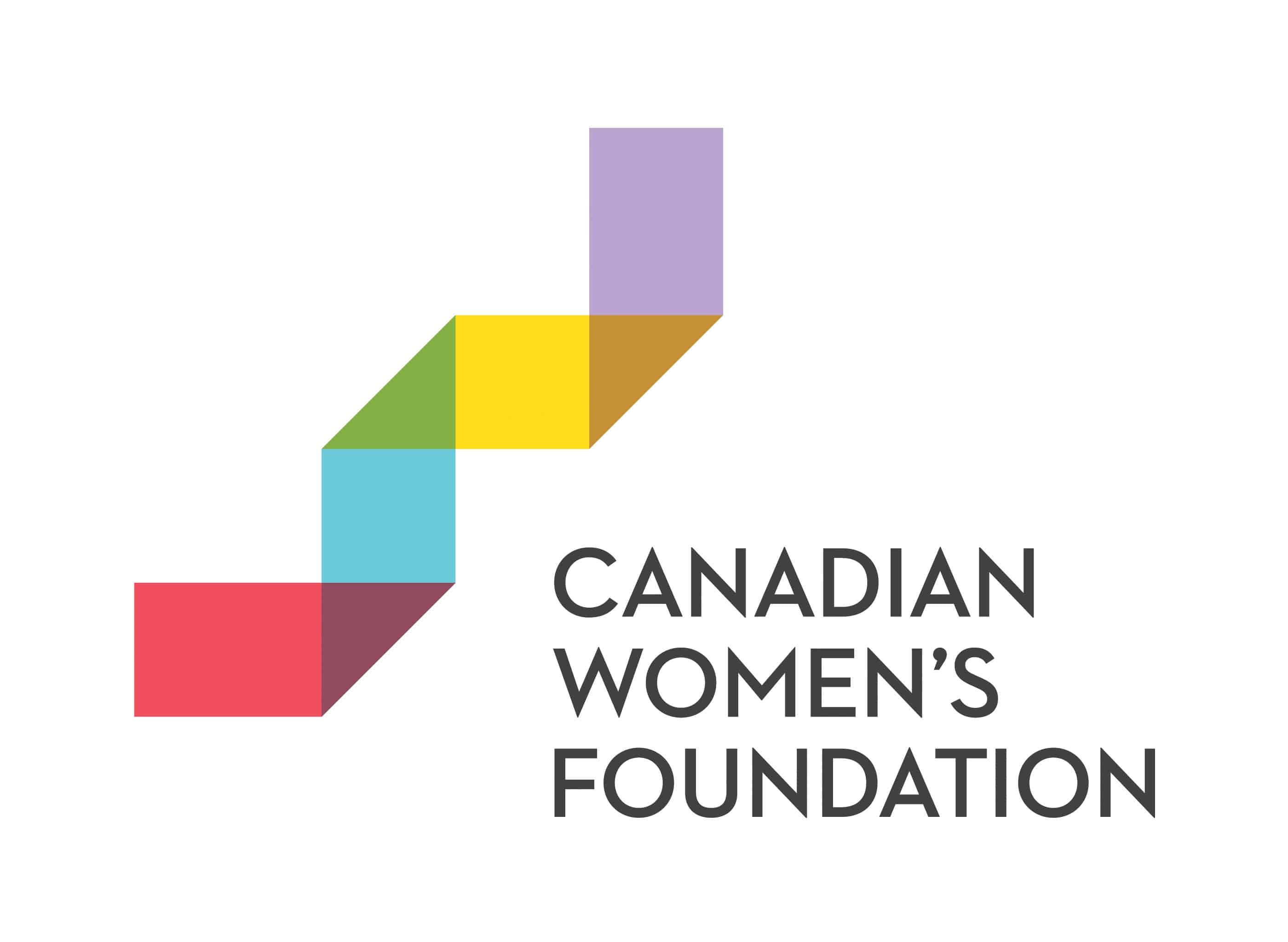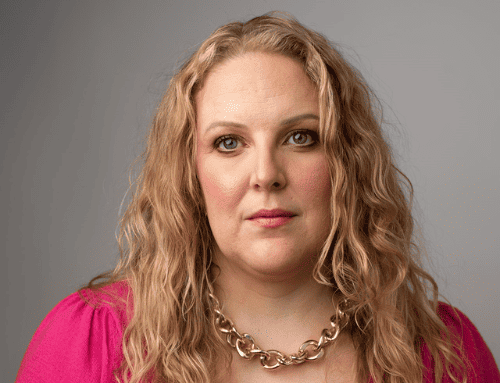
Culture is significant – it shapes who we are, our morals, ethics, principles, and how we connect to one another. Patriarchy, as a dominant force in Canadian culture, shapes who we become as individuals and who we are as a society.
Living in a patriarchal society – where men have a monopoly of power – influences how we define ourselves, our relationships, and the people around us. This influence also impacts our development as sexual beings. Consequently, this undercurrent in our culture is a major issue that prevents women from reporting sexual assault.
The perceptions, biases and judgments we have that normalize sexual violence and result in victim blaming are often referred to as rape culture. Rape myths are a prime example of these normalized judgments, perceptions, or biases.
In their article Was It Rape? The Function of Women’s Rape Myth Acceptance and Definitions of Sex in Labeling Their Own Experiences, Zoe Peterson and Charlene Muehlenhard explain that a rape myth is a “prejudicial, stereotyped, or false belief about rape, rape victims, and rapists.” These myths often shape our perceptions of sexual assault and sexual assault survivors. Clair L’Heureux-Dube, a former justice of the Supreme Court of Canada, has argued that rape myths alter how rape is dealt with in the courts and reinforce sexist understandings of rape (referred to as sexual assault under Canadian law).
Here are a few of the most prevalent rape myths:
- Perpetrators of rape are often a stranger. In reality, women are more likely to be sexually assaulted by someone they know.
- Women are less reliable and credible as witnesses if they have had prior sexual relationships. In reality, a woman’s sexual history should have no bearing in a sexual assault case.
- Women will always struggle to defend their honor. In reality, women often remain silent or ask for help in subtle ways in order to prevent aggravating their aggressor.
- Women who are raped deserve it because of their conduct, dress, and demeanor. In reality, no one ever deserves violence and sexual assault is a crime.
- Women mean “yes” even when they say “no.” In reality, women are socialized to avoid conflict, which can prevent them from speaking confidently and strongly against an aggressor.
These rape myths affect how the police respond to perpetrators and survivors of sexual assault, how defense lawyers cross-examine both, how juries interpret them, how society treats them, and, most importantly, how we all perceive sexual assault.
For example, in Canada, according to Sexual Assault Statistics, 80% of assailants are friends or family of the victim, yet many lawyers, media, and members of society still adhere to the rape myth that a stranger primarily commits rape.
The most damaging impact of rape myths is how they skew women’s perceptions of what sexual acts constitutes as rape. A study done by Mary Koss showed that out of a sample of over 2,000 female college students, approximately 138 participants were “unacknowledged” rape victims — i.e. they answered “no” to the question “have you been raped?” when, in fact, their experiences met the definition of rape. In other studies conducted by Koss, 73% of participants did not consider their experiences of sexual assault as rape.
To put this in perspective, Statistics Canada’s 2014 crime victimization survey found that around 553,000 Canadian women self-reported as having been sexually assaulted in just one year. Only five percent reported the crime to the police. If many women don’t recognize certain experiences as sexual assault and those that do are discouraged from coming forward, the numbers are likely much higher. These staggering figures convey how deeply ingrained rape myths are in all of us.
We need to understand the root causes of rape in order to properly address the problem in Canada. Rape myths that stem from a pervasive patriarchal culture are at the heart of the systemic injustices that sexual assault victims face. Because of this, confronting and breaking down rape myths is a crucial step in educating men and women about sexual assault and ending this form of violence.
Learn More
Take Action
- Take the pledge to join GEN1 and help build the first generation free of violence against women and girls.
- Sign up for our e-newsletter to have our latest stories and resources sent to your inbox.
- Follow us on Facebook and Twitter to join a national conversation on ending violence.







Leave A Comment
You must be logged in to post a comment.